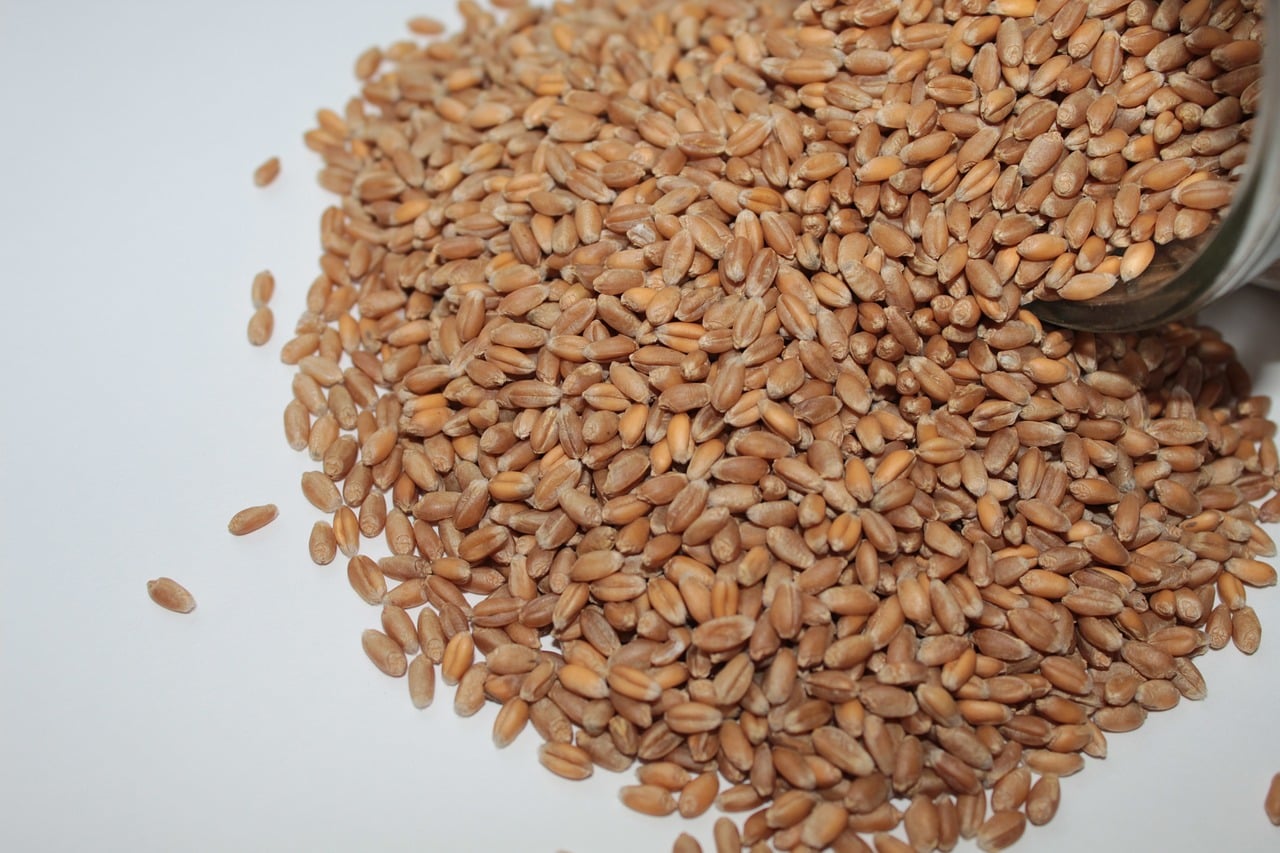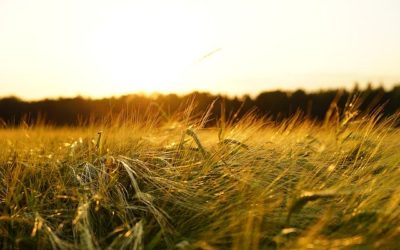What does resistance to sprouting of wheat in the Alberta Seed Guide (ASG) mean? When a wheat or durum wheat variety reaches physiological maturity (30 to 35 per cent moisture), the seeds generally won’t germinate until dormancy has been overcome. The length of time of this dormancy is referred to as degree of resistance to sprouting. The dormancy period is under genetic control and is a trait of each variety.
How is the length of dormancy period or resistance to sprouting measured? Specialized field trials are grown at the Agriculture and Agri-Food Canada Swift Current Research and Development Centre. All newly registered varieties and checks are grown in replicated trials for a minimum of three years. All varieties are given the same time-period between the seed reaching 18 per cent moisture and an initial sampling time. A sample of 10 heads from primary tillers are then collected and stored at -20 C stopping the after-ripening process. Ten days later another set of 10 heads is collected and stored at -20 C.
The heads of all varieties from the first sampling time are placed upright in a specialized rain-simulator. An initial wetting treatment of about 135 mm over five hours is followed by 30 minutes of misting every 12 hours. Temperature is maintained at 18 C and relative humidity greater than 95 per cent.
After five to six days, the sprouting susceptible checks will have roots and coleoptiles visible on multiple kernels while the sprouting resistant checks will have none or very limited visible evidence of sprouting. This difference in sprouting of the checks is used to establish a range in expected sprouting response of the varieties being characterized. Each head is assayed for visible sprouting of a root or coleoptile. The number of heads with visible evidence of sprouting is recorded.
Following the artificial rain simulation treatment and scoring for number of heads with visible sprouting, the samples are dried down, threshed and percentage of kernels sprouted measured. The same procedure is repeated for the heads collected at the second sampling date.
Thus, four variables are measured, namely, time-one heads sprouted, time-two heads sprouted, time-one kernels sprouted and time-two kernels sprouted. The data are analyzed using a statistical procedure called Least Squares Means. Five categories of resistance to sprouting have been established based on a set of checks that have been tested for many years and have expressed sprouting response consistently regardless of growing season. The more resistant a variety is to these artificial sprouting conditions, the more robust the dormancy is under wet field conditions.
The reported resistance to sprouting for some varieties has changed between the 2023 and 2024 seed guides resulting from some issues arising from COVID-19 and staff changes. The January 2024 ratings have been thoroughly reviewed.
How does the ratings for sprouting resistance reported in ASG relate to Hagberg Falling Number (HFN)? HFN measures the changes in the pasting properties of the starch component of the grain caused by alpha-amylase activity. To conduct a HFN test, grain is ground into meal, water is added, mixed with a stirrer and heated for 60 seconds. The falling number is the number of seconds it takes for the stirrer to fall to the bottom of the test tube. Alpha amylase is an enzyme that’s produced during the germination of grain. Therefore, sprouted kernels and severely sprouted kernels are grain grading factors. HFN can be used as an indicator of the soundness of the grain. Typically, varieties with a high level of resistance to sprouting maintain a relatively high falling number under wet harvest conditions better than varieties with poor sprouting tolerance.
Sprouting resistance measures the level of dormancy of ripened grain under conditions favorable for germination. Hagberg Falling Number measures the breakdown of starch to sugar by the alpha amylase enzyme and the resulting changes to the structural integrity of the starch protein matrix of grain.
Because the amount of alpha amylase in the kernel can negatively affect grain quality, grain millers and manufactures might specify minimum HFN values. In summary, a good sprouting resistance rating can be used as a predictor that a variety will remain dormant and maintain a high falling number (and usually better grade) under wet harvest conditions.
Related Articles
Canada Produces Top Quality 2023 Wheat Crop





